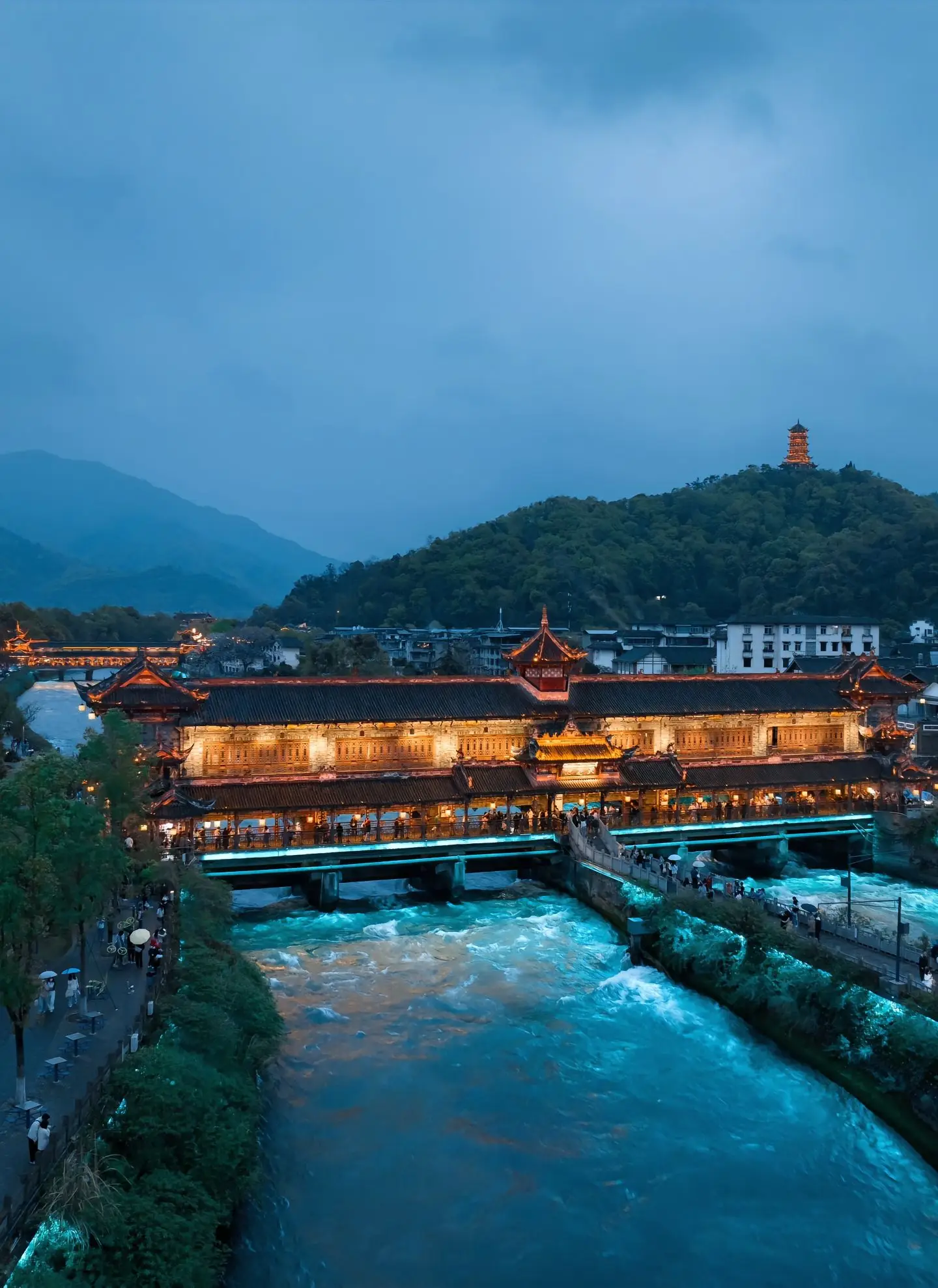Your Ultimate Japan Travel Planner: Crafting the Perfect Journey to the Land of the Rising Sun
Dreaming of Japan? You're not alone. The allure of ancient temples standing in the shadow of neon skyscrapers, serene bamboo forests just a bullet train ride from bustling metropolises, and the world's most exquisite cuisine makes Japan a top-tier travel destination. But with so much to see and do, planning your trip can feel overwhelming. This comprehensive Japan travel planner is your friendly guide, designed to answer all your questions and help you craft an unforgettable itinerary. We'll navigate the must-see sights, hidden gems, and practical tips, all while ensuring you experience the profound beauty and captivating culture of this incredible country.
Let's start with the golden question: When is the best time to visit Japan? The answer is a delightful "it depends," as each season paints the country in a unique light.
- Spring (March-May): This is the iconic season for the cherry blossom forecast Japan. Parks are filled with "hanami" (flower-viewing) parties, and the atmosphere is euphoric. However, it's also the most crowded and expensive time. For a slightly quieter experience, consider late May when the lush green foliage is stunning.
- Summer (June-August): Summer brings vibrant festivals, like Kyoto's Gion Matsuri, and the chance to hike in the Japanese Alps. Be prepared for high heat and humidity, especially in cities. This is also the rainy season (June to mid-July) for most of the country, except Hokkaido, which becomes a perfect summer hiking destination in Japan.
- Autumn (September-November): A strong rival to spring, autumn offers crisp air and the breathtaking best autumn foliage spots in Japan. The brilliant reds, oranges, and yellows of the maple trees, particularly in Kyoto and Nikko, create a spectacular landscape. Crowds are thinner than in spring, and the weather is ideal for exploration.
- Winter (December-February): Winter is perfect for experiencing Japanese onsens in winter, especially in the snow-covered landscapes of Hokkaido or the Japan Alps. It's also the best time for skiing in Japan's world-class resorts like Niseko. Cities are less crowded, and you can enjoy illuminations and warm, comforting food.
Now, let's dive into the destinations that should be on every traveler's list. Think of this as your core Japan sightseeing guide.
Tokyo: The Dazzling Metropolis
Your journey likely begins in Tokyo, a city that defines "sensory overload" in the best way possible. It's a futuristic wonderland rooted in deep tradition. Don't just skim the surface; dive into its diverse neighborhoods.
Start with the famous Shibuya Crossing, the world's busiest intersection. Feeling the pulse of thousands of people crossing simultaneously is a quintessential Tokyo moment. For a bird's-eye view, head to the Shibuya Sky observatory. Then, find tranquility at the Meiji Jingu Shrine, a vast forested sanctuary dedicated to Emperor Meiji and Empress Shoken, located right in the heart of the city. This contrast is the very soul of Tokyo.
For a taste of old Tokyo, Senso-ji Temple in Asakusa is the city's oldest temple. Walk down Nakamise-dori, a street lined with traditional snacks and souvenirs, leading to the magnificent main hall. For the pop culture enthusiast, a trip to Akihabara for its electronics and anime shops, or Harajuku for its quirky Takeshita Street and unique fashion, is a must. A Tokyo itinerary planning guide wouldn't be complete without mentioning the city's incredible food scene, from the fresh tuna auction at Toyosu Market to a humble bowl of ramen in a back-alley shop.
Kyoto: The Heart of Traditional Japan

If Tokyo is Japan's hyper-modern brain, Kyoto is its timeless soul. As the imperial capital for over a thousand years, it's home to an unparalleled collection of temples, shrines, and gardens. Your Kyoto cultural experience guide starts with the iconic Fushimi Inari Shrine. Famous for its thousands of vermilion torii gates winding up a forested mountain, it's a mesmerizing hike. Go early in the morning to avoid the crowds.
Another unforgettable sight is the Arashiyama Bamboo Grove. Walking through the towering, swaying bamboo stalks feels like stepping into another world. While there, visit the nearby Tenryu-ji Temple and its stunning landscape garden. For a truly golden experience, Kinkaku-ji, the Temple of the Golden Pavilion, covered in gold leaf and reflected in a serene pond, is simply breathtaking.
To immerse yourself in Geisha culture, wander through the historic Gion district in the evening. You might catch a glimpse of a Geiko or Maiko (the Kyoto terms for Geisha and apprentice) on her way to an appointment. For a more hands-on experience, consider a traditional tea ceremony Kyoto to appreciate the grace and philosophy of this ancient ritual.
Osaka: The Kitchen of Japan
Just a short train ride from Kyoto, Osaka offers a completely different vibe. It's a vibrant, down-to-earth city famous for its food and outgoing locals. The number one destination here is Osaka Castle, a magnificent reconstruction that played a pivotal role in the unification of Japan. The museum inside offers a fascinating historical journey.
But the real magic of Osaka happens after dark in its food districts. Dotonbori is a sensory explosion of giant mechanical signs, bustling crowds, and an incredible array of street food. This is the place to try takoyaki (octopus balls) and okonomiyaki (savory pancakes), two of Osaka's signature dishes. For a more local market experience, explore Kuromon Ichiba Market, often called "Osaka's Kitchen."
Hiroshima: A City of Peace and Resilience
A visit to Hiroshima is a profound and moving experience that is essential for understanding modern Japan. The Hiroshima Peace Memorial Park and Museum is a powerful tribute to the victims of the atomic bomb and a sobering reminder of the importance of peace. The A-Bomb Dome, a UNESCO World Heritage Site, stands as a haunting silhouette against the city's skyline.
Yet, Hiroshima is also a symbol of hope and rebirth. A short ferry ride from the city center is Miyajima Island, famous for the "floating" torii gate of Itsukushima Shrine. During high tide, the grand gate appears to float on the water, creating one of Japan's most iconic views. The island is also home to friendly deer and offers beautiful hiking trails.
Beyond the Golden Route: Unique Japanese Experiences
While the Tokyo-Kyoto-Osaka-Hiroshima circuit is popular for a reason, venturing off the beaten path rewards you with incredible experiences.
- Nara: A short trip from Kyoto, Nara was Japan's first permanent capital. It's famous for Todai-ji Temple, which houses a colossal bronze Buddha statue, and the hundreds of freely roaming, bowing deer in Nara Park.
- Hakone: Part of the Fuji-Hakone-Izu National Park, Hakone is the classic destination for viewing Mount Fuji. Enjoy a cruise on Lake Ashi, ride the Hakone Ropeway for volcanic views, and, most importantly, unwind in a traditional ryokan (inn) with a natural hot spring onsens.
- Hokkaido: Japan's northern frontier offers wild, untamed nature. In winter, it's a world-class ski destination. In summer, its flower fields, national parks, and cooler temperatures are a welcome escape. It's a top choice for those looking for off the beaten path Japan travel.
- Okinawa: With its distinct culture, subtropical climate, and stunningly blue waters, Okinawa feels like a different country. It's perfect for beach lovers, snorkelers, and those interested in the unique Ryukyu Kingdom history.
Practical Tips for Your Japan Trip Planner
To tie everything together, here are some essential practical tips.
- Getting Around: The Japan Rail Pass is a valuable tool for long-distance travel. Calculate your planned trips to see if it's cost-effective for your itinerary. Within cities, prepaid IC cards like Suica or Pasmo are incredibly convenient for trains and buses.
- Accommodation: Experience a range, from Western-style hotels to traditional ryokans and capsule hotels. A staying in a traditional Japanese ryokan guide would advise you to enjoy the kaiseki (multi-course) dinner, sleep on a futon, and relax in the onsen.
- Etiquette: Be mindful of local customs. This includes being quiet on public transport, not eating while walking, and learning to properly use onsens (which are typically enjoyed without swimsuits after washing thoroughly).
- Budgeting: Japan can be expensive, but it's also possible to travel on a moderate budget. Convenience store food is surprisingly high-quality and affordable, and there are many free sights, especially temples and parks.
Your journey to Japan is more than a vacation; it's an immersion into a culture that masterfully balances the ancient and the ultra-modern. With this planner as your starting point, you're well on your way to creating a personalized adventure that will leave you with memories to last a lifetime. So pack your bags, bring your curiosity, and get ready to say "Konnichiwa" to the experience of a lifetime.




发表评论